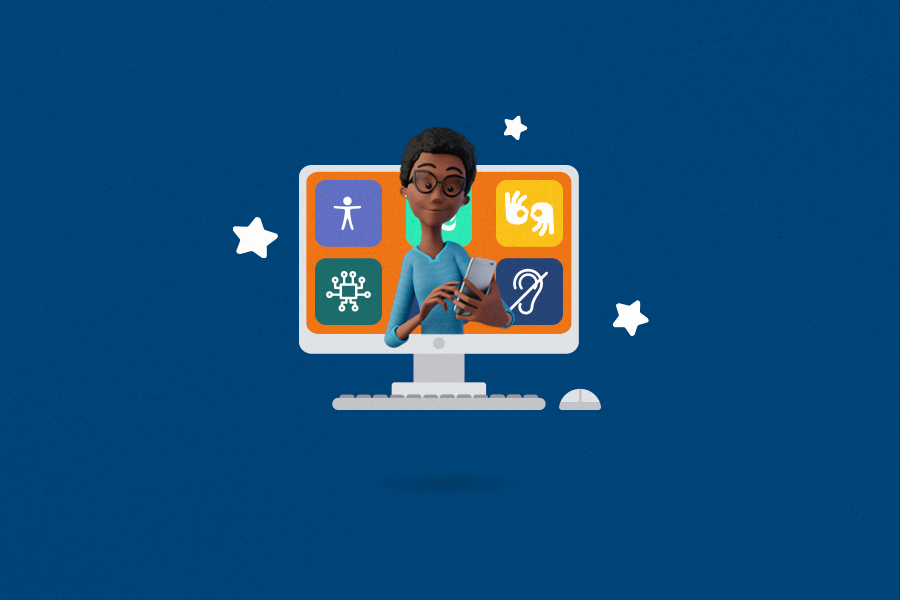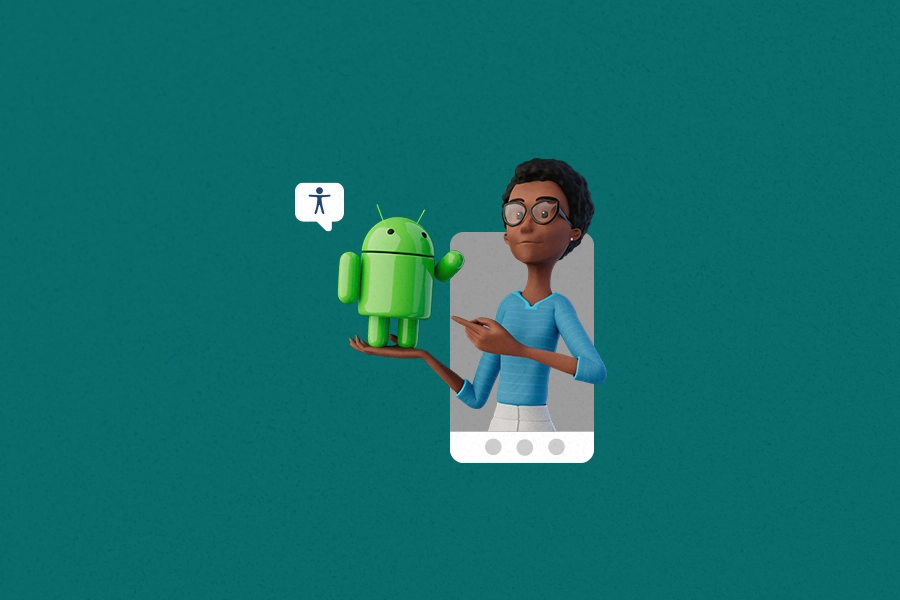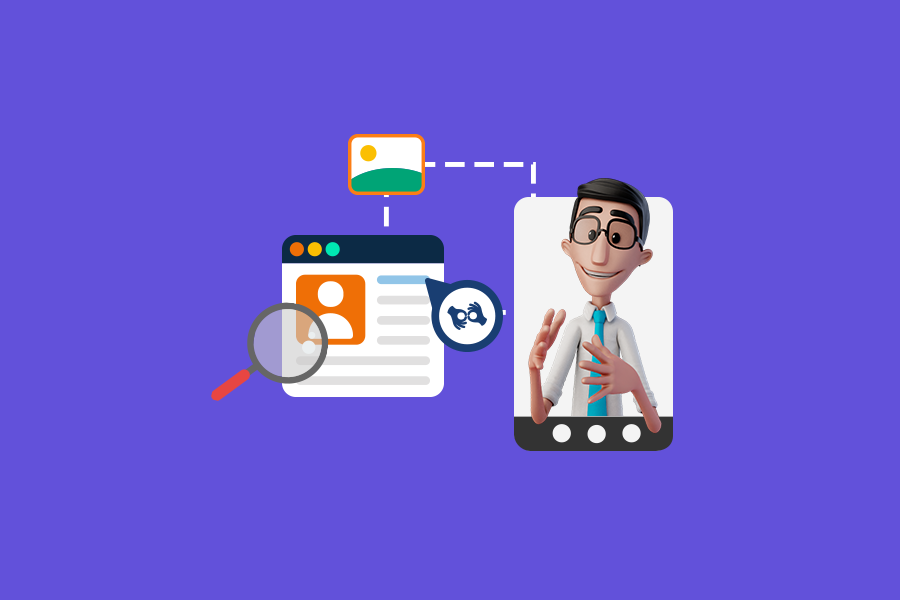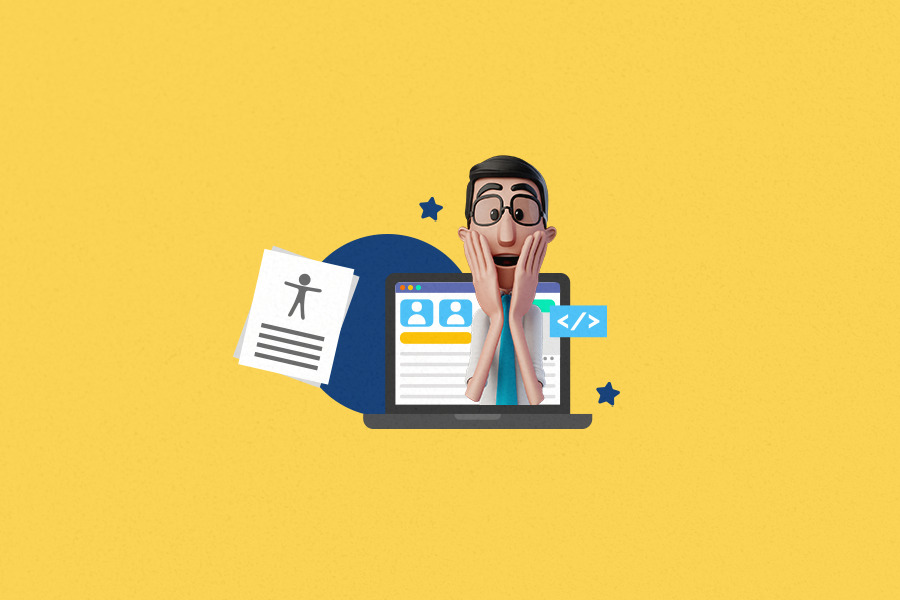
Deaf Accessibility Technology: What Devices do Deaf People Use?

Currently in the United States about 1 in 8 people experience hearing loss in both ears. This means that at least 13% of Americans have some degree of a hearing disability. Did you expect it to be this many people?
This is why the concepts of digital accessibility and assistive technology are so important, and gaining more attention as the community of people with disabilities claim their spaces in society.
Assistive technologies are essential for people with disabilities to be able to experience the world with more equality and autonomy. Deaf people, in particular, also rely a lot on it with some main assistive devices. So let’s learn more about them, shall we?
What are assistive devices?
According to The Technology Related Assistance to Individuals with Disabilities Act, assistive devices can be described as “any item, piece of equipment, or product system, whether acquired commercially off the shelf, modified, or customized, that is used to increase, maintain, or improve functional capabilities of individuals with disabilities.”
In other words, they are made up of any number of services and tools that aim to help people with disabilities interact with the world around them and carry on with their daily activities with more independence and equality. A bonus point for assistive devices is that they are also great allies for social inclusion!
A fun fact about them is that they can be both high tech or low tech, which means that not all assistive devices are necessarily connected to the digital world. For example, wheelchairs and level doorknobs are assistive devices, as well as voice recognition softwares and screen readers.
What assistive technology do deaf people use?
There are many different options deaf people can choose from in terms of assistive technology. And as we have said before, they can be helpful when interacting more independently both in the physical and digital world. So let’s learn more about which are some of them, and let us know if there are any others that you rely on in your daily life!
Alerting systems
Have you ever noticed that alarm systems are usually based on sound? Your car alarm, fire alarm or even the school bell, they all indicate that something is going on using sound. So, in order to make them more accessible for those with hearing disabilities, assistive alerting devices adapt sound to other forms of communication, such as intense blinking lights or vibrating notifications.
Instant messaging (IM)
We all know instant messaging, most of us use it on a daily basis, but have you ever stopped to think that they are a really inclusive tool? For the deaf or hard of hearing, making a phone call is an extremely challenging task, so they mostly communicate through instant messaging.
Internet captioned telephone service
As we have said, making a phone call can be very challenging, but not impossible if you have the right tools. Internet captioned telephone services display real-time captions of phone conversations right in your chosen screen, either a computer or cell phone. Also, it is worth reminding that although deaf people cannot hear, they are perfectly capable of talking!
Internet relay (IP relay)
This technology resembles a bit the one we have just talked about. It links your phone with a specialized program for your personal devices that support an IP relay provider, so you can talk to people on whatever device you prefer, you just need to be connected to the internet.
Telephone relay service (TRS)
This one is not connected to the internet. Instead, it enables you to call people, who have regular phones, through the use of a keyboard or any other preferred assistive device.
Video chat (Videophone Chatting)
Just as instant messaging, we all video chat. I mean, we all remember what life was like during the pandemic, right? This is also a great assistive technology tool, especially for those who are part of the Deaf community and communicate mostly in Sign Languages.
Video relay service (VRS)
This technology focuses on deaf people whose primary language is ASL, or American Sign Language. VRS makes it possible for them to communicate with non-signing people through video, with the help of an interpreter.
Cochlear implants
As the name suggests, they are devices implanted into the heads or people with severe hearing disabilities. They help them be able to hear better on their own than they would without the implant, but it is not exactly in the same way as some without hearing loss.
Nowadays, cochlear implants can even be adjusted via apps, connect via bluetooth and have telecoils, which are little antennas inside the hearing device. Telecoils can be a good option for reducing background noise.
Sign Language translators
Sign Language translators may be the newest kind of assistive technology focused on deaf people. Especially, they aim to promote accessibility for those communicating in Sign Language that have difficulties learning the written language. They work as softwares that translate text into Sign Language on websites.
What is the new technology for the deaf, hard of hearing, deaf-blind and speech-impaired individuals?
There are many free apps and systems with built-in accessibility features that help the deaf, hard of hearing, deaf-blind and speech-impaired individuals. Hopefully you can find them useful, and if not, share it with someone who you think will enjoy having this information!
Google Hangouts
This is a great option for video chatting, and it even provides real-time captions of what is being discussed in the meeting.
Hamilton Mobile CapTel
This is an app that makes it possible for you to see everything that is being said in a phone call, providing real-time captions to you on a different screen. It works as a type of relay service.
PurpleMail
It has the same idea as instant messaging, but instead of communicating in text, it lets you talk with people with video-based messages in the app.
Red Cross Mobile Apps
This app prepares you for Red Cross emergencies, giving tips on how to find shelter, perform first aid or even what to do when natural disasters occur.
SubtitleDroid
This technology helps you find subtitles for whatever movies and TV shows you are looking for. In fact, subtitles are a great tool for everyone in many different situations, not only for people with hearing disabilities.
Conclusion
People with disabilities are increasingly more present in the digital world, so it is super important to think of and implement accessibility in every space. Assistive technologies and devices do a great job in helping them to interact more autonomously with the world around them, but it is also our job as a society to make places accessible for them. Both in the physical and digital world.
Luckily for you, the Hand Talk Plugin, the largest Sign Language translation platform in the world, will be soon arriving in the United States to help in making your website even more accessible. Meanwhile, check out our blog to dive into more accessibility and inclusion content!


